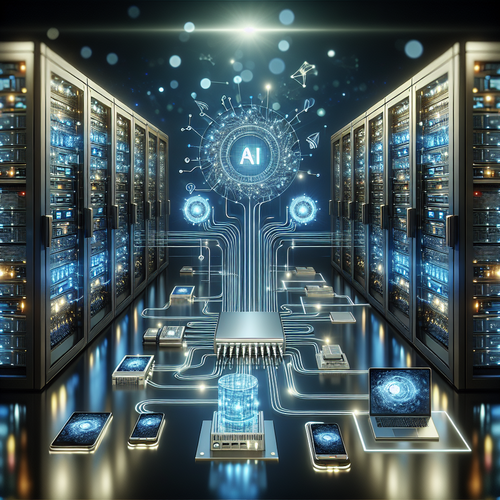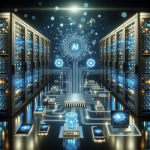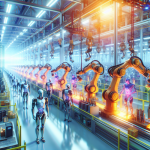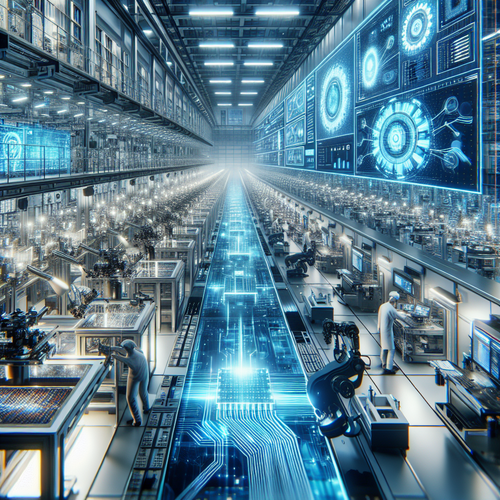
Unified AI Chip Infrastructure across Data-Centers and Devices
Unified AI Chip Infrastructure across Data-Centers and Devices
In an era marked by rapid technological advancements, the integration of AI optimization across the computing landscape is essential. The recent announcement of a unified AI chip infrastructure across data centers and devices represents a monumental leap towards achieving higher computational capabilities, efficiency, and scalability. This tutorial will delve into the implications of this groundbreaking innovation, its prerequisites, and the step-by-step implementation strategies businesses could adopt to leverage this advancement.
Prerequisites
- Fundamental understanding of AI technologies and architectures.
- Familiarity with cloud computing models and data center operations.
- Basic knowledge of device interoperability and network configurations.
Understanding the Unified AI Chip Infrastructure
The unified AI chip infrastructure is designed to enhance the synergy between data centers and edge devices. This architecture aims to streamline operations, reduce latency, and optimize data processing speed, ultimately improving user experiences and increasing the potential for real-time applications.
Key components of this new infrastructure include:
- Advanced AI Chips: These chips offer unparalleled processing power specifically designed for AI workloads.
- Seamless Connectivity: Connectivity solutions to facilitate data flow between devices and cloud resources efficiently.
- Enhanced Security Features: Implementing robust security protocols to safeguard data throughout its lifecycle.
Step-by-Step Implementation
Let’s explore a step-by-step approach for businesses looking to adopt this unified AI chip infrastructure:
Step 1: Assess Current Infrastructure
Organizations should start by assessing their current data center capabilities and device architectures. Consider factors such as performance bottlenecks, scalability issues, and current integration capabilities.
Step 2: Define AI Workloads
Identify the specific AI workloads that require optimization within your applications. This includes assessing data processing requirements, model training times, and expected user interactions.
Step 3: Research Suitable AI Chips
Evaluate various AI chip options available in the market. Key considerations should include:
- Performance benchmarks for specific AI tasks.
- Compatibility with existing systems and software.
- Cost-benefit analysis regarding potential gains from implementation.
Step 4: Upgrade Infrastructure
Once suitable chips are selected, upgrade existing data center hardware and integrate the new chips into edge devices. This might involve:
- Physical installations of AI chips.
- Software upgrades to compatible versions that support new hardware.
- Network enhancements to facilitate optimized data flows.
Step 5: Test and Optimize
Run tests to measure the performance impacts post-implementation. Tweak configurations to optimize workload distributions, ensuring that both devices and data centers operate at peak efficiency.
Troubleshooting Common Issues
As businesses transition to a unified AI chip infrastructure, they may encounter several challenges:
- Integration Problems: Ensure all components are compatible; verify software configurations.
- Performance Overhead: Monitor system performance post-upgrade; balance workloads effectively.
- Data Security Risks: Implement stringent security measures; use encryption where possible.
Summary Checklist
- Assess existing infrastructure and define AI workloads.
- Select the appropriate AI chips for your needs.
- Upgrade systems and networks to integrate new chips.
- Thoroughly test the updated infrastructure for optimization.
- Address any arising security or performance issues proactively.
This transformation to a unified AI chip infrastructure will not only improve operational efficiency but also set the groundwork for future technological advancements. With the right strategies and insights, organizations can harness the full potential of this exciting transition.
For further reading on related topics, check our article on Investment in Manufacturing & R&D Jobs for Semiconductor & AI Supply Chain.














